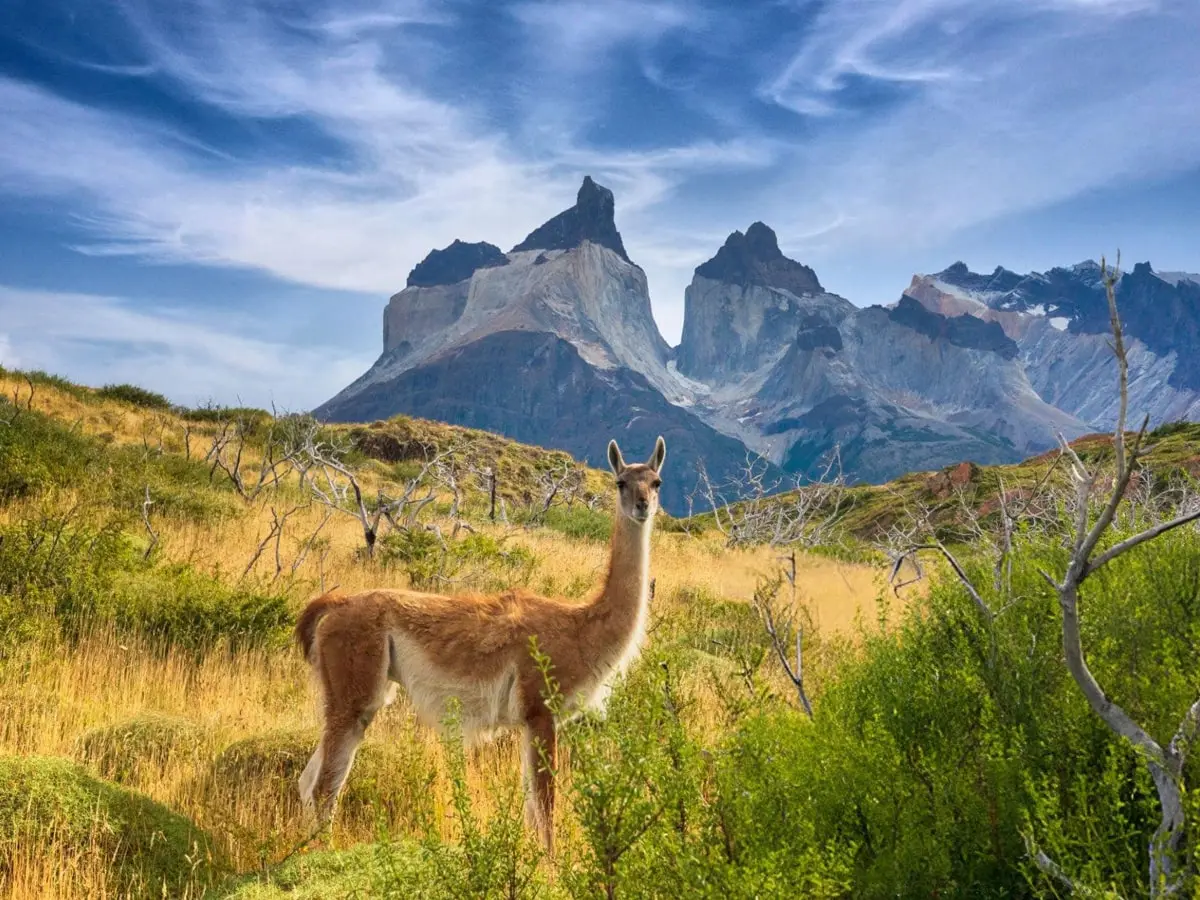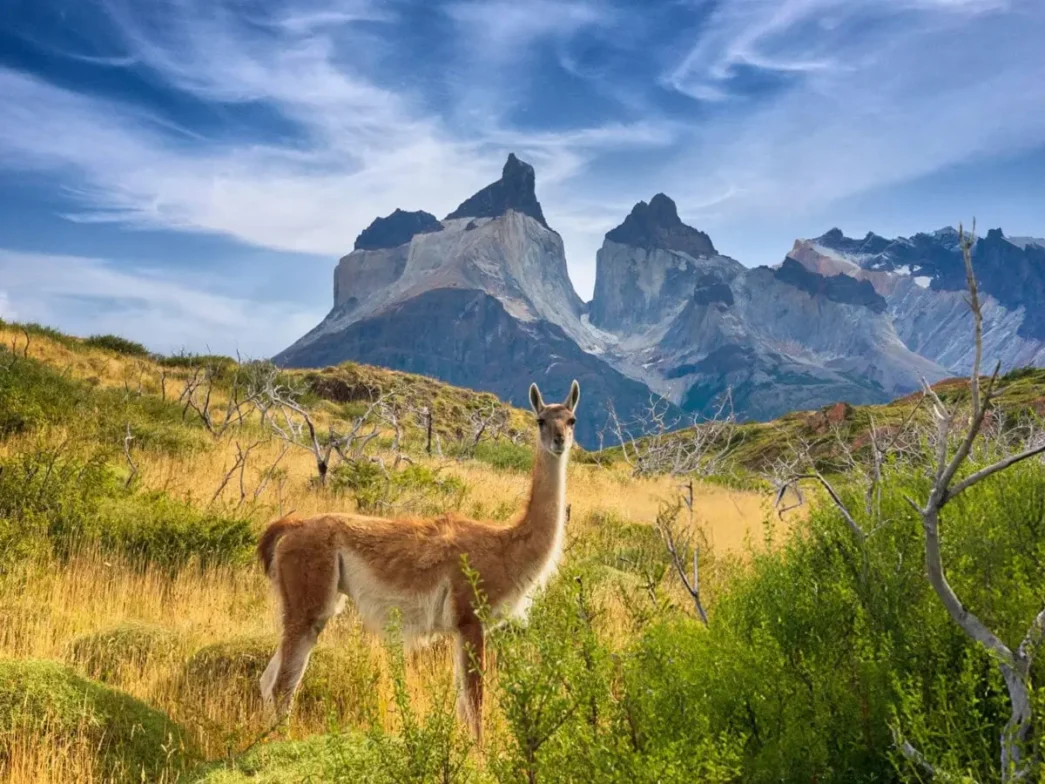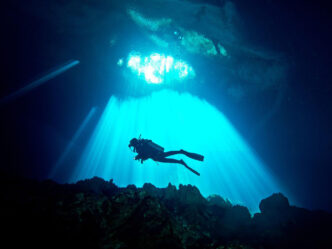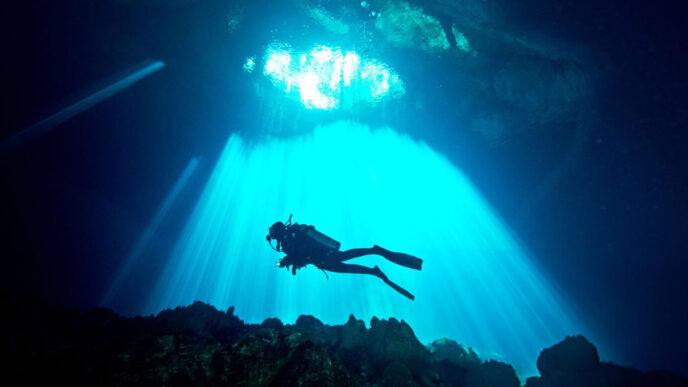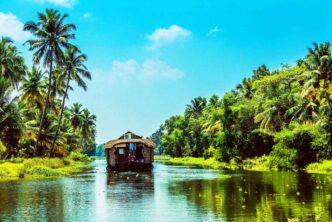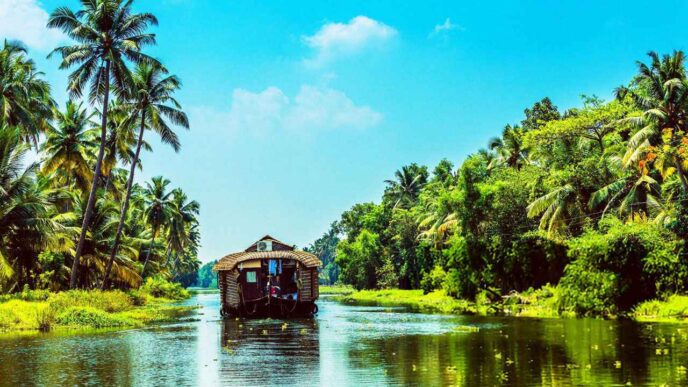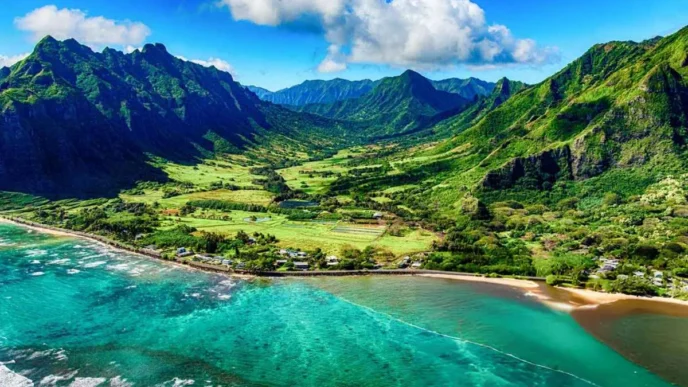While iconic national parks like Yellowstone, the Serengeti, and the Great Barrier Reef draw millions of visitors each year, the world is also home to numerous lesser-known national parks that offer equally breathtaking beauty and unique experiences. These hidden gems, often overshadowed by their more famous counterparts, provide opportunities for discovery, adventure, and solitude. This essay explores some of these lesser-known national parks across various continents, highlighting their distinctive features, biodiversity, and the reasons they are worth visiting.
North America: Gwaii Haanas National Park, Canada
- Location and Overview: Gwaii Haanas National Park is located on the southern tip of the Haida Gwaii archipelago off the coast of British Columbia, Canada. Established in 1981, this park encompasses over 5,000 square kilometers of pristine wilderness, including coastal rainforests, rugged mountains, and diverse marine environments.
- Unique Features: The park is renowned for its rich cultural heritage and natural beauty. The Haida people consider this region their homeland, and have done so for thousands of years. Visitors can explore ancient Haida village sites, including the famous Skedans and Tanu villages, where intricately carved totem poles and traditional longhouses stand as testaments to Haida craftsmanship and culture.
- Biodiversity and Activities: Gwaii Haanas boasts a remarkable array of wildlife, including black bears, coastal wolves, and marine species such as sea otters and humpback whales. The park’s diverse ecosystems support numerous bird species, including the rare and elusive marbled murrelet. Activities such as kayaking through the park’s serene waterways, hiking the lush trails, and observing wildlife offer a chance to experience its natural wonders firsthand.
South America: Queulat National Park, Chile
- Location and Overview: Queulat National Park is situated in the Aysén Region of southern Chile, part of the Patagonian Andes. Established in 1983, the park covers approximately 1,900 square kilometers of mountainous terrain, temperate rainforests, and glacial lakes.
- Unique Features: One of the park’s most striking features is the Ventisquero Colgante (Hanging Glacier), which clings dramatically to the side of a mountain. The glacier feeds into a turquoise lake, creating a stunning visual contrast. The park also features lush rainforests, serene lakes, and cascading waterfalls, providing a diverse range of landscapes.
- Biodiversity and Activities: Queulat National Park is home to a variety of flora and fauna, including the Andean deer (huemul), the elusive puma, and a wealth of bird species. Visitors can explore the park via hiking trails that lead to breathtaking viewpoints, including the famous Mirador de los Cóndores, where they can observe Andean condors soaring overhead. The park’s remote location and rugged terrain make it a haven for adventurous trekkers and nature enthusiasts.
South America: Queulat National Park, Chile
- Location and Overview: Plitvice Lakes National Park, located in central Croatia, is one of the country’s oldest and most famous national parks. However, it is still relatively lesser-known compared to other European destinations. The park covers approximately 295 square kilometers and is renowned for its series of cascading lakes and waterfalls.
- Unique Features: The park is famous for its sixteen interconnected lakes, which vary in color from azure to green, gray, and blue. These lakes are separated by natural limestone barriers that create a series of stunning waterfalls and cascades. The park’s unique karst landscape has been shaped over thousands of years by the action of water on limestone.
- Biodiversity and Activities: Plitvice Lakes National Park supports a rich variety of flora and fauna, including the brown bear, the Eurasian lynx, and numerous bird species. Visitors can explore the park via a network of wooden boardwalks and hiking trails that offer panoramic views of the lakes and waterfalls. Boat rides across the lakes provide a unique perspective on the park’s stunning scenery.
Africa: Isalo National Park, Madagascar
- Location and Overview: Isalo National Park is located in the central southern region of Madagascar and covers approximately 815 square kilometers. The park is known for its unique sandstone formations, canyons, and natural swimming pools.
- Unique Features: The park’s dramatic landscape features vast expanses of eroded sandstone formations, creating a series of deep canyons and rock spires. The “Isalo Window,” a natural rock formation resembling a window, offers a spectacular viewpoint. The park’s landscape is a result of millions of years of erosion and geological activity.
- Biodiversity and Activities: Isalo National Park is home to a variety of endemic species, including the ring-tailed lemur and the Verreaux’s sifaka. The park’s diverse ecosystems range from arid desert-like areas to lush, verdant canyons. Activities such as hiking through the park’s rugged terrain, exploring its hidden waterfalls, and observing wildlife provide visitors with a chance to experience Madagascar’s unique biodiversity.
Asia: Taman Negara National Park, Malaysia
- Location and Overview: Taman Negara National Park, located in the central region of Peninsular Malaysia, is one of the oldest rainforests in the world, estimated to be over 130 million years old. The park covers approximately 4,343 square kilometers and is known for its rich biodiversity and ancient rainforest.
- Unique Features: The park’s dense rainforest is home to some of Southeast Asia’s most iconic wildlife, including the Malayan tiger, the Asian elephant, and the exotic rhinoceros hornbill. The park also features the world’s longest canopy walkway, allowing visitors to experience the rainforest from an elevated perspective.
- Biodiversity and Activities: Taman Negara supports a diverse range of flora and fauna, including rare and endangered species. Activities such as jungle trekking, river cruises, and canopy walks offer opportunities to observe the park’s wildlife and immerse oneself in the ancient rainforest. The park’s rich biodiversity and stunning natural beauty make it a must-visit destination for nature enthusiasts.
Oceania: Fiordland National Park, New Zealand
- Location and Overview: Fiordland National Park, located in the southwestern corner of New Zealand’s South Island, covers approximately 1.2 million hectares. The park is renowned for its dramatic fjords, towering mountains, and pristine lakes.
- Unique Features: The park is home to some of New Zealand’s most famous fjords, including Milford Sound, Doubtful Sound, and Dusky Sound. These fjords feature steep cliffs, cascading waterfalls, and lush rainforest, creating a stunning and otherworldly landscape.
- Biodiversity and Activities: Fiordland National Park is home to a variety of endemic species, including the endangered takahe and the kiwi. The park offers a range of activities, including boat cruises through the fjords, scenic flights, and hiking trails. The renowned Milford Track and Routeburn Track offer hikers the chance to experience the park’s diverse landscapes and natural beauty.
Conclusion
Exploring lesser-known national parks around the globe offers a unique opportunity to discover hidden gems that rival the beauty and wonder of more famous destinations. From the ancient rainforests of Taman Negara to the dramatic fjords of Fiordland, these parks showcase the diverse and captivating landscapes that our planet has to offer. By venturing off the beaten path, travelers can experience the serenity and majesty of these natural wonders while contributing to their preservation and appreciation.
Each of these hidden gems provides a glimpse into the rich tapestry of life and landscape that exists beyond the well-trodden tourist routes. Whether it’s the cultural heritage of Gwaii Haanas, the geological marvels of Isalo, or the vibrant ecosystems of Queulat, these lesser-known national parks invite exploration and offer rewards that extend beyond the ordinary. In uncovering these hidden wonders, we not only enrich our own experiences but also contribute to the ongoing protection and celebration of the natural world.


